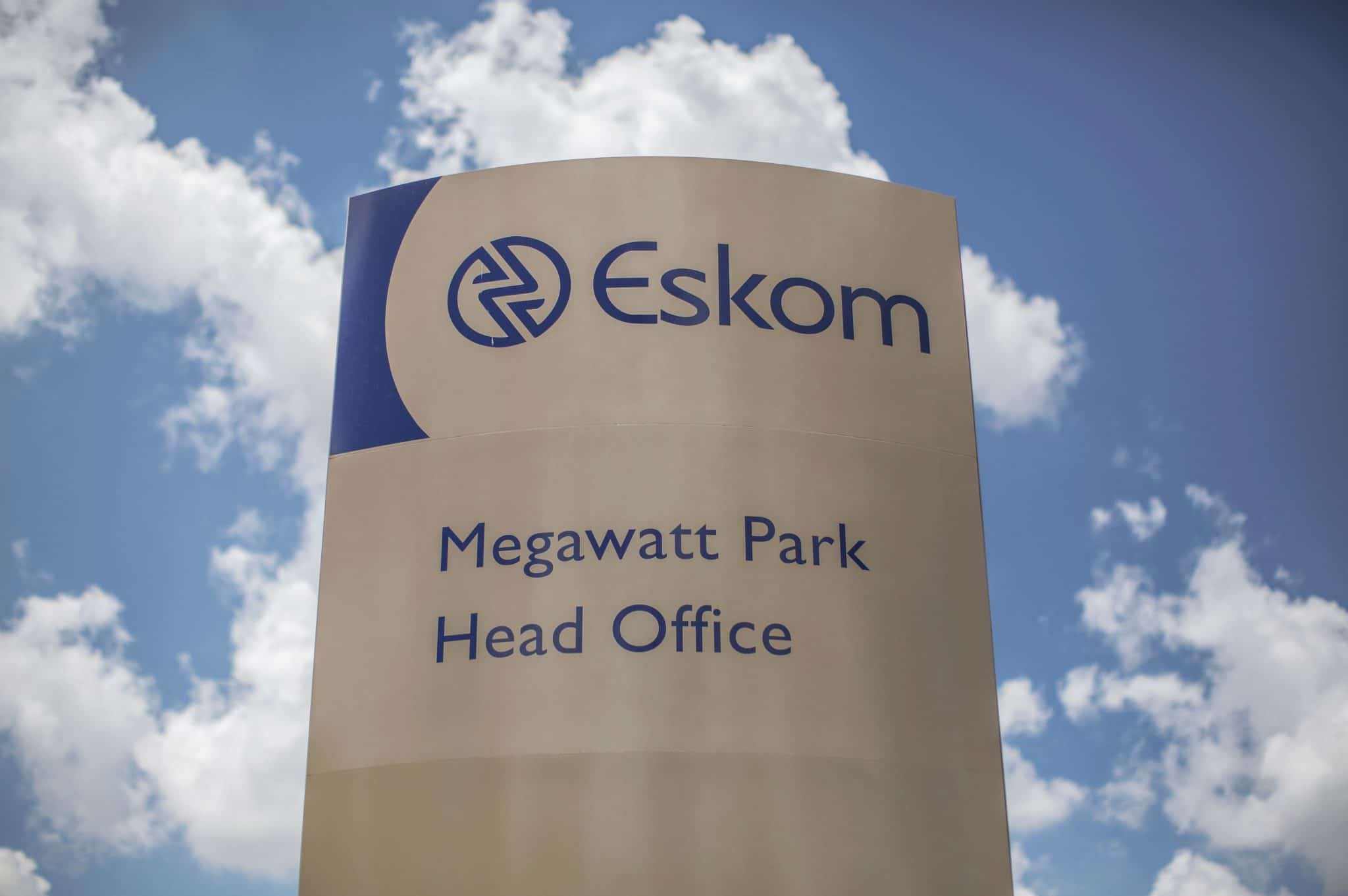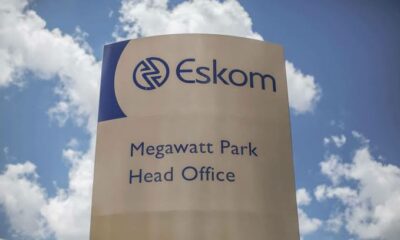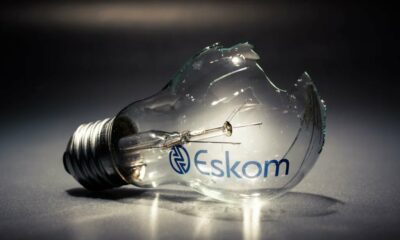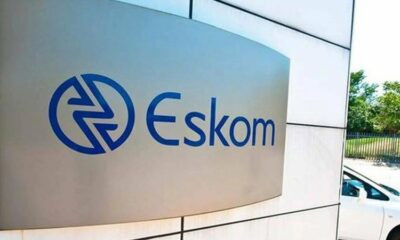Business
Behind Eskom’s R70 Billion Aluminium Deal: Grid Saver or Billion-Rand Blunder?

A controversial discount deal with South Africa’s largest aluminium smelter raises questions about Eskom’s priorities and who ends up footing the bill.
A storm is brewing around Eskom’s secretive 10-year deal with Hillside Aluminium, and it’s not just about megawatts, it’s about money, fairness, and whether the rest of South Africa is paying the price for one smelter’s discount.
The deal, recently brought to light by the civil society group Open Secrets, has sparked renewed debate over how Eskom manages its largest industrial contracts. At the heart of the issue is a R70 billion discount granted to Hillside over the life of a decade-long Negotiated Pricing Agreement (NPA) a figure that breaks down to nearly R10 billion a year.
While Eskom insists this arrangement supports the grid and contributes to fixed costs, critics, including think tank Meridian Economics, argue it’s a raw deal for the economy and for ordinary South Africans.
Richards Bay Smelter Gets Deep Discount
Hillside Aluminium, owned by global miner South32, operates out of Richards Bay in KwaZulu-Natal and is the only primary aluminium smelter in South Africa. The plant is also one of the world’s largest, churning out metal around the clock and soaking up 10.3 terawatt-hours (TWh) of electricity annually, about 5.6% of Eskom’s total electricity sales.
This energy-hungry operation runs nearly non-stop at a load factor greater than 0.99. Because of this consistent usage, Eskom says Hillside helps stabilize the grid, a claim used to justify the generous electricity discount.
But here’s the twist: according to Meridian Economics, the same grid-stabilizing benefit could be achieved using modern battery storage for less than R3 billion per year. That’s a R7 billion gap, a cost being indirectly covered by Eskom’s remaining customers, including small businesses and households already facing electricity hikes.
The Price Gap Between Hillside and the Public
For the 2025/26 financial year, Hillside’s electricity tariff will rise by just Headline PPI plus 1.25%. Meanwhile, regular customers are looking at a 12.74% increase, already toned down from Eskom’s initial request of a staggering 36.1%.
The stark contrast in increases adds fuel to the criticism that large corporations are being shielded while ordinary South Africans shoulder the load.
“Eskom keeps saying it’s commercially fair, but it doesn’t feel that way when your monthly bill keeps climbing,” said one Cape Town business owner on X (formerly Twitter), reacting to the news. “We’re paying full price while they’re getting handshakes behind closed doors.”
Eskom’s Side of the Story
Facing backlash, Eskom responded by saying that Hillside applied for the new pricing agreement as its previous one was set to expire. The deal, Eskom argues, is above board approved by Nersa (National Energy Regulator of South Africa) after due diligence, public consultations, and within the framework set by the Department of Mineral Resources and Energy.
The utility also emphasized Hillside’s outsized role in keeping fixed costs down. Without the smelter’s bulk usage, these expenses would be redistributed to other customers, leading to even higher tariffs.
And it’s not just a local issue. Eskom says Hillside’s tariff is in line with what aluminium smelters pay globally and that the plant contributes positively to the broader economy.
What Meridian and Critics Say
But Meridian Economics isn’t convinced. In their detailed analysis, they argue the real question Eskom and Nersa failed to ask was this: Is the economic output created by Hillside worth more than what could be achieved by other businesses using the same amount of electricity?
Most businesses, particularly in manufacturing and services, use significantly less electricity per unit of output. This means Eskom’s limited supply could arguably support more jobs and broader growth if redirected.
Even more damning is the accusation of poor transparency. Meridian slammed Eskom’s secrecy over Electricity Supply Agreements, saying that without public scrutiny, the utility can’t be held accountable.
Open Secrets echoed the concern, noting how large industrial users often strike sweetheart deals shielded from the public eye, even though the consequences trickle down to everyday citizens.
The Bigger Picture: A Broken Trust?
This isn’t just a story about a power discount. It taps into a deeper frustration among South Africans about inequality in the energy sector, corporate influence, and the burden on ordinary people.
While Eskom may argue Hillside is a grid stabilizer and economic pillar, many wonder if this deal represents the best use of the country’s scarce electricity or if it’s just another example of economic short-sightedness dressed up as pragmatism.
The debate over Hillside may continue for months, but one thing is clear: in an energy-scarce, budget-tight South Africa, who gets power and at what price, matters more than ever.
{Source: Daily Investor}
Follow Joburg ETC on Facebook, Twitter , TikTok and Instagram
For more News in Johannesburg, visit joburgetc.com


























